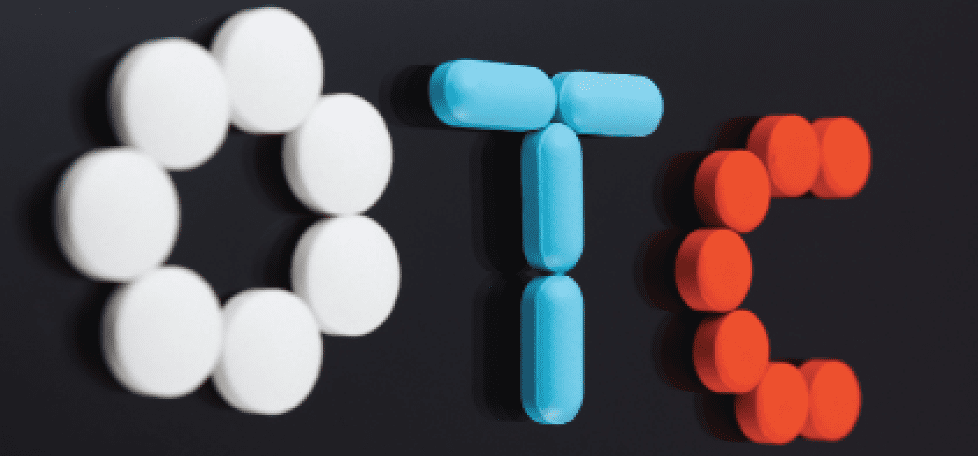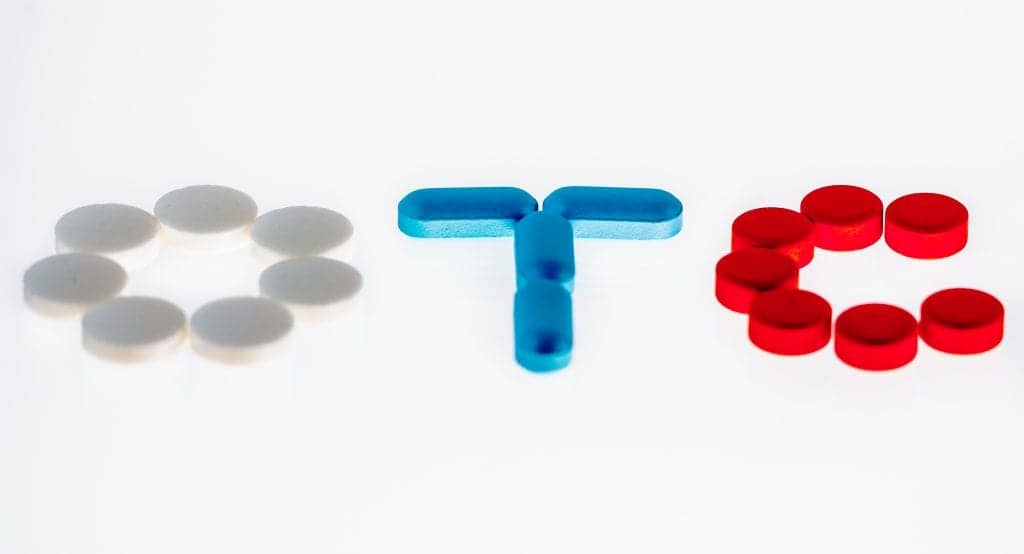A new type of hearing aid being developed by a University of Wisconsin-Milwaukee engineer could make the devices much more accessible to the millions of people who need them. An article detailing the research appears on the University’s website.
Only one in six people in the US who could benefit from hearing aids use them. The reason is primarily cost. Basic Medicare does not cover the devices, a situation that has caused hearing health-care inequity for lower-income and rural residents.
Yi Hu, an associate professor of electrical engineering at UWM, has designed a prototype device that, when paired with a smartphone app, approximates the audiologist experience. He envisions consumers with mild-to-moderate hearing loss being able to buy an assistive hearing device over the counter, the way you can buy reading glasses at the drugstore without a prescription.
Because Hu’s technology does not require a fitting by an audiologist like traditional hearing aids do, it could bring down the cost of quality hearing-loss treatment from thousands to hundreds of dollars. Through his startup company, My Hearing Care, established in 2017, he expects to introduce his device to the mass market in 2023.
“If adopted at a large scale, this will revolutionize the hearing industry,” Hu said
The market for over-the-counter hearing aids will swing wide open once the Federal Drug Administration (FDA) issues guidelines for them, which is expected soon. Until then, Hu said, consumers have no way of knowing which products are effective and which are junk.
There are already devices on the market called personal sound amplification products, or PSAPs, and some of them have settings controlled by smartphone apps. But most are simply sound amplifiers and the FDA does not allow these to market these products as a treatment for hearing loss.
Hu’s prototype is more similar to an entry-level hearing aid than a PSAP. To improve hearing, a device typically needs to do more than simply increase volume. Hearing assessment also involves the frequencies of the sound waves entering the ear – how fast they are vibrating. This equates to the pitch we hear perceived as high or low.
With the help of the app, users of Hu’s device can perform their own baseline hearing test to obtain an audiogram, the same process audiologists use to prescribe traditional hearing aids. An audiogram is a measurement of the softest sounds a person can hear at different pitches or frequencies. With data from the audiogram, users can then find the exact settings that fit their hearing needs in different environments.
People have different sensitivity to sounds at different frequencies. Ordering at a drive-through and watching television at home will involve a mix of very different frequencies. And each frequency will be amplified differently, he said. When hearing is impaired, it becomes more difficult to hear certain sounds in the wide frequency range of normal conversation. Consonants, for example, often lie in the higher frequency range of 2,000 to 8,000 hertz. As you age, many lose the perception of the higher frequency end of the range.
Hu’s device not only allows the user to test their own hearing with accuracy, but it also allows them to customize their settings according to their needs in each new environment – and then save the setting. There is complexity in the science. For example, a person’s audiogram may indicate that their hearing falls within the normal range, and yet they still have trouble hearing in some situations.
The ability to customize settings is limited or not available in most current over-the-counter devices on the market, Hu said
“Only you know what you can hear,” he said. “So, unless we allow users to adjust the device personally, it won’t be an individualized solution.”
Source: University of Wisconsin-Milwaukee






